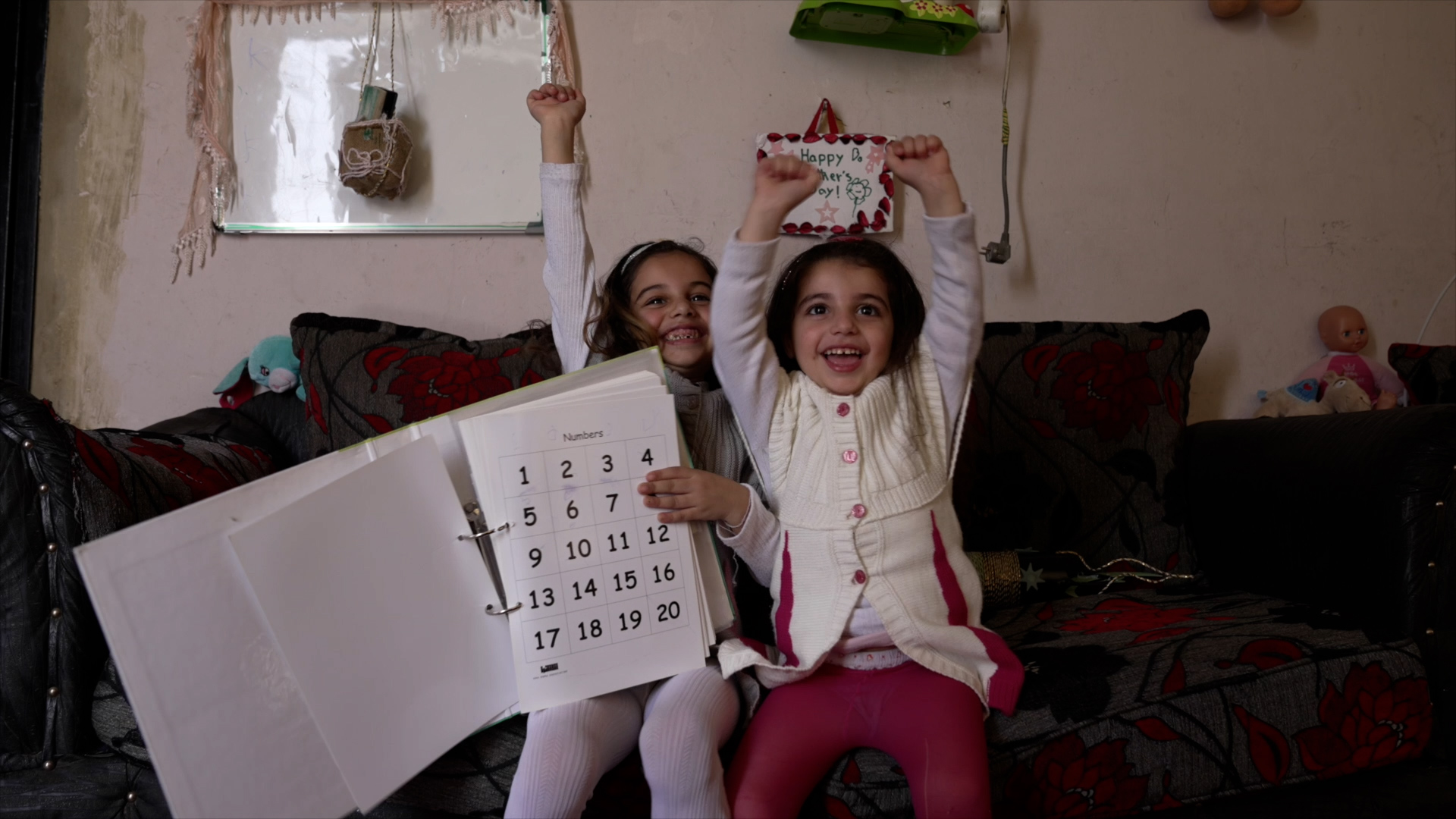
9 stats about global education for world leaders to ponder at the UN
Children in conflicts, Early childhood development, Education funding, Education in emergencies, Refugees and internally displaced people, Right to education, Sustainable Development Goals, United Nations General Assembly
In the run-up to the UN General Assembly, we look at some of the facts and figures around schooling and early education revealed in the past few days.
The eyes of the world will be on New York next week, when international leaders gather for the United Nations General Assembly.
High on the agenda will be global education and the push to get every child in every country into school and learning – plus delivering early childhood development for all under-fives.
These targets are enshrined in the Sustainable Development Goals – the set of global targets to be reached by 2030 and agreed by world leaders at the UN in 2015.
In the run-up to the UN General Assembly, Theirworld and other organisations have been releasing reports and data that shine a light on what needs to be done to achieve those goals. Here’s a look at some of the key facts they reveal.
1. Pre-primary gets 1% of all education aid
Theirworld has published an aid scorecard that shows donors need to increase their commitment to help children aged three to five get the skills they need to fulfil their potential.
Setting New Targets for Success reveals pre-primary is one of the most neglected areas of education aid – receiving less than 1% of the $11.7 billion globally. Not one donor is meeting the minimum benchmark and many lag way behind.
2. Teachers’ aides can mean seven children per staff member
Some countries make extensive use of teachers’ aides in pre-primary education, which is indicated by smaller ratios of children to contact staff than of children to teaching staff, according to the OECD’s Education at a Glance 2017 report.
For example, Norway – which has 16 children per teaching staff member – has just seven children per contact staff once teachers’ aides are included.
3. Half of all refugee children didn’t go to school for even a day in 2016
About 3.5 million refugee children “didn’t get a single day” of school last year from the 6.4 million children aged between five and 17 under the care of the UN refugee agency UNHCR.
Left Behind: Refugee Education in Crisis said greater and steadier funding for education is needed. It pointed out that the 3.5 million figure is slightly better than the 2016 total of 3.7 million.
4. Syria and Iraq have 86% literacy rates
On International Literacy Day, UNESCO highlighted that many Islamic countries in the news for conflicts and refugee crises have excellent literacy rates. They include Syria at 86.4%, Iraq 86.8% and Jordan 96.7%.
The global literacy rate for people aged 15 and above is 86.3% as a whole – 90% for males and 82.7% for females, according to the Institute for Statistics of UNESCO.
5. 30% of Somalian children leave school without basic skills
Conflict and drought in East Africa means millions of children are having their education disrupted. The Norwegian Refugee Council reported on the distressing statistics, which include nearly two million children out of school in Somalia.
In South Sudan, that figure is 2.2 million – more than 70% of children. In Uganda, 40% of children between six and 13 are not enrolled in primary school.
Kenya has 588,000 school-aged children who need emergency education assistance due to the drought. In the East African drought crisis, education receives far less funding than other emergency programmes – only 1.7% of total funds.
6. Ending child marriage could save countries 5% on their education budgets
A study by the World Bank into the economic impact of child marriage found that eliminating the practice today would save many governments 5% or more of their education budget by 2030 because of lower population growth.
There would also be an increase in women’s expected earnings. Due in large part to the impact of child marriage on education, women who marry as children earn 9% lower than if they had married later.
7. Population up 14%, aid down 22%
Resources to support African countries’ development have dropped by almost a quarter since 2012 – as its population has increased by 14%. That was one of the major findings in the 2017 DATA Report: Financing for the African Century.
It also revealed that the share of aid to the poorest countries has continued to decline, from 32% of all aid going to least developed countries in 2013 to 28% in 2016.
8. 69 countries have now signed the Safe Schools declaration
Thousands of schools around the world have been attacked, used as military bases or shut down because of the fear of violence.
Zambia has become the 69th country to sign the Safe Schools Declaration – an international commitment to protect students, teachers and their schools during armed conflict. Nations not involved in conflicts can also send out a strong message by signing – but so far the US, UK, Russia and China have not joined the growing list.
9. Three in four migrant children heading for Europe face abuse
Of migrant children trying to reach Europe, a far higher percentage coming from sub-Saharan Africa through Libya are at risk of exploitation and trafficking – 83% compared to 56% of children from elsewhere.
Racism is a significant factor, says a joint report called Harrowing Journeys by the UN children’s agency UNICEF and its migration agency the International Organization for Migration.
More news

